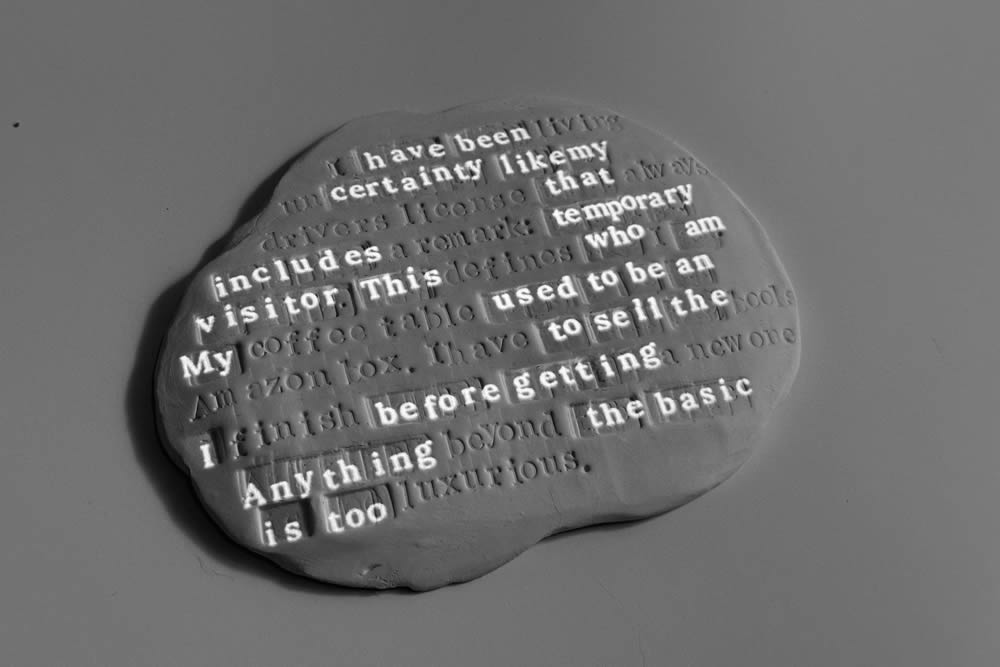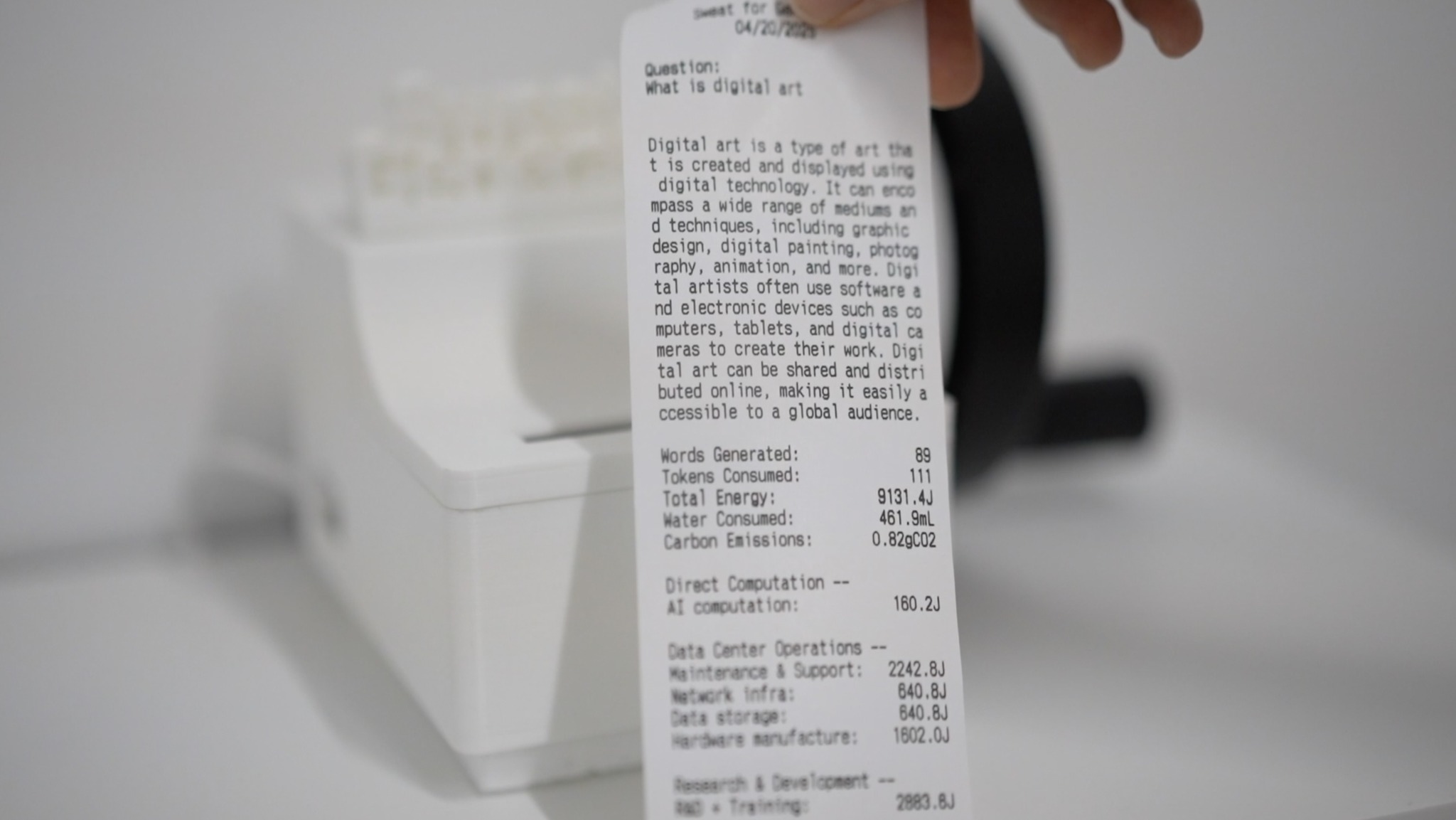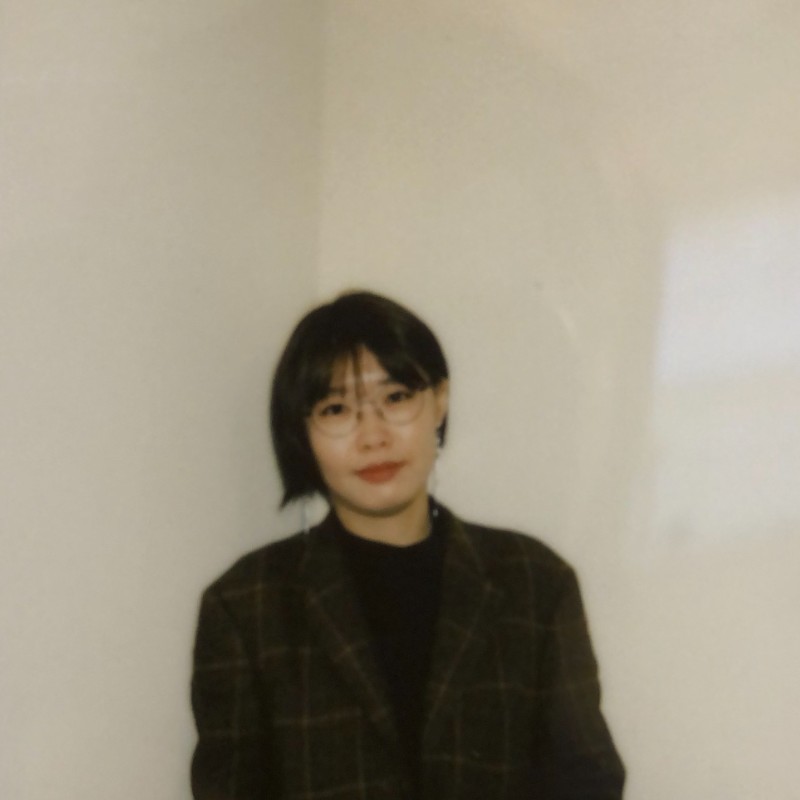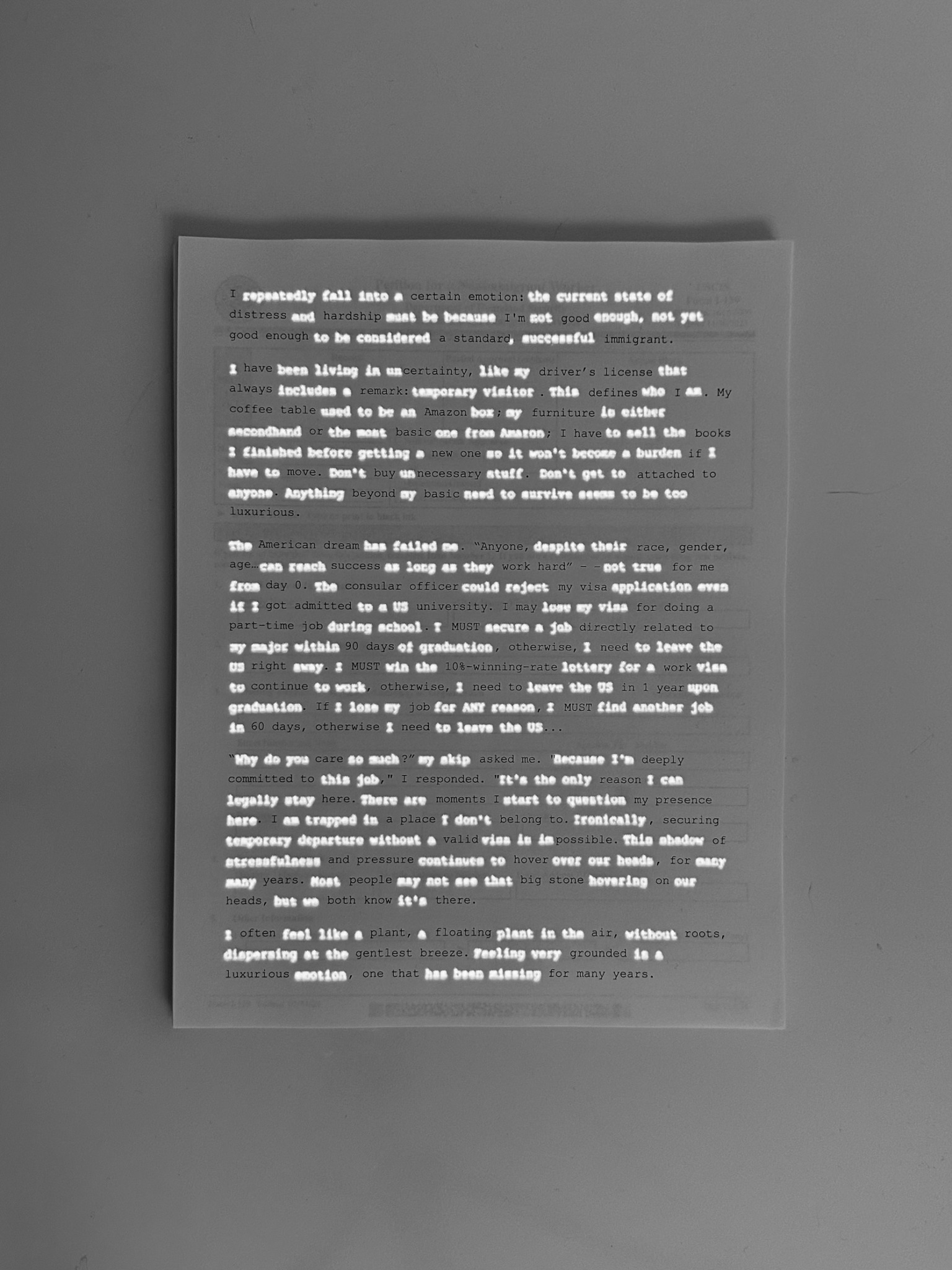We’re excited to introduce you to the always interesting and insightful Amo (Mengying) Zeng. We hope you’ll enjoy our conversation with Amo (Mengying) below.
Alright, Amo (Mengying) thanks for taking the time to share your stories and insights with us today. Can you talk to us about a project that’s meant a lot to you?
A Book of Diaspora/Disquiet reveals the hidden emotional and legal struggles of immigration to the U.S.—a country that promises freedom and opportunity but traps immigrants in an invisible web of uncertainty and control.
The installation unfolds in two layers. At first glance, visitors see printed stories that seem to honor the American Dream—education, perseverance, success. But crucial words are left blank, creating silence and fragmentation.
Only when light is projected do the missing words appear. These fragments expose a harsher truth: prolonged waiting, family separation, constant surveillance, and the fear of deportation under an exclusionary system.
We gather stories from immigrants, asylum seekers, refugees, and migrants—many of whom now live with renewed fear under the current administration’s intensified ICE enforcement. Their voices shape this work.
link and more information: https://amozeng.com/book

Amo (Mengying), love having you share your insights with us. Before we ask you more questions, maybe you can take a moment to introduce yourself to our readers who might have missed our earlier conversations?
My name is Amo (Mengying) Zeng, and I’m a creative technologist and digital artist. I use code, projection, and generative visuals to tell stories, often rooted in themes of migration, identity, and invisibility. Much of my work is shaped by my personal experience as an immigrant navigating the complex and often uncertain process of securing legal residency and citizenship in the U.S.
I build custom visual systems using tools like Unity, openFrameworks, and Three.js, blending software engineering with visual storytelling. Whether working with motion data, printed text, or physical surfaces like ceramics, I create interactive experiences that make abstract or bureaucratic systems like immigration feel visceral and personal.
One of the projects I’m most proud of is A Book of Diaspora/Disquiet, which was a 2024 Lumen Prize finalist in the Impact Category. I led this project as the primary artist, working in collaboration with Reconnected Outsiders, a team of fellow immigrants from diverse professional backgrounds. The installation visualized the emotional toll and systemic erasure we face under current U.S. immigration policies. Despite each of us working full-time jobs in other fields, we came together to make work that speaks to shared pain and resistance. Being recognized by the Lumen Prize helped validate our voices in a space that so often renders us invisible—and affirmed the power of immigrant-led storytelling in the digital art world.
Another recent project, Sweat for Generation, is a data-driven installation that unveils the physical reality behind artificial intelligence’s seamless facade. The work invites participants to manually crank a generator in order to power a single AI query, transforming what is typically an invisible digital interaction into an act of visible, physical labor. By doing so, the installation makes tangible the hidden resource intensity of our frictionless digital experiences—energy consumption, global supply chains, and environmental cost.
What sets my practice apart is its hybrid nature. I bridge disciplines, combining engineering precision with artistic intuition. Projection is one of my favorite mediums because it creates a dialogue between the digital and physical, light and matter, presence and erasure.
At the heart of everything I make is a desire to turn systems of control into spaces for reflection. I want to offer audiences, especially those who feel unseen, an encounter that feels intimate, resonant, and quietly radical.

Is there a particular goal or mission driving your creative journey?
Yes, my creative journey is driven by a deep desire to make the invisible visible. I use technology and art as a means of surfacing the emotional, systemic, and historical forces that often go unspoken, especially in the lives of immigrants. As someone who has personally navigated the uncertainty of visa status and legal limbo, I create work that challenges erasure and amplifies the quiet weight carried by so many people who live between systems, nations, and identities.
At the core of my mission is a commitment to storytelling through sensory experience. I want my work to go beyond representation and become a space where viewers can feel, reflect, and recognize truths that may not be easily articulated in words. Whether I am projecting on books, ceramics, or bodies, I aim to create encounters that are both intimate and expansive, ones that connect personal struggles to larger structural issues.
Ultimately, I see my practice as a way of reclaiming visibility, voice, and complexity in a world that often reduces people to data points or legal categories. My goal is to keep building work that resists that flattening and instead invites others, especially those who feel unseen, to feel recognized.

Learning and unlearning are both critical parts of growth – can you share a story of a time when you had to unlearn a lesson?
One lesson I had to unlearn was the idea that visibility and legitimacy must come from institutions—whether that’s a government recognizing your legal status or an art world validating your work through formal channels. Growing up in an Asian cultural context, I was taught to seek approval from authority, to follow the rules, and to measure success by how well I met external expectations. I internalized the belief that success meant being chosen, certified, or granted permission by systems larger than me. That mindset shaped how I approached both my life as an immigrant and my creative practice.
The turning point came during a period of deep visa uncertainty. I was making work about immigration and erasure, yet hesitated to share it publicly because I didn’t feel I had the “right” to speak without legal or institutional legitimacy. But over time, the silence became more unbearable than the vulnerability. I realized that waiting to be validated was a way of holding myself back, and that art could be a place where I defined my own worth, rather than waiting for someone else to.
Leading A Book of Diaspora/Disquiet with Reconnected Outsiders was when this shift solidified. None of us had formal support, but we created the work anyway, and it resonated. That experience taught me that truth, collaboration, and lived experience can be more powerful than any stamp of approval. I had to unlearn the belief that I needed permission to be seen or to speak. Now, I see creating as a form of self-claiming, one that resists erasure and reclaims voice—on my own terms.
Contact Info:
- Website: https://amozeng.com/
- Instagram: https://www.instagram.com/amozeng/
- Linkedin: https://www.linkedin.com/in/amo-zeng/



Image Credits
all by me


